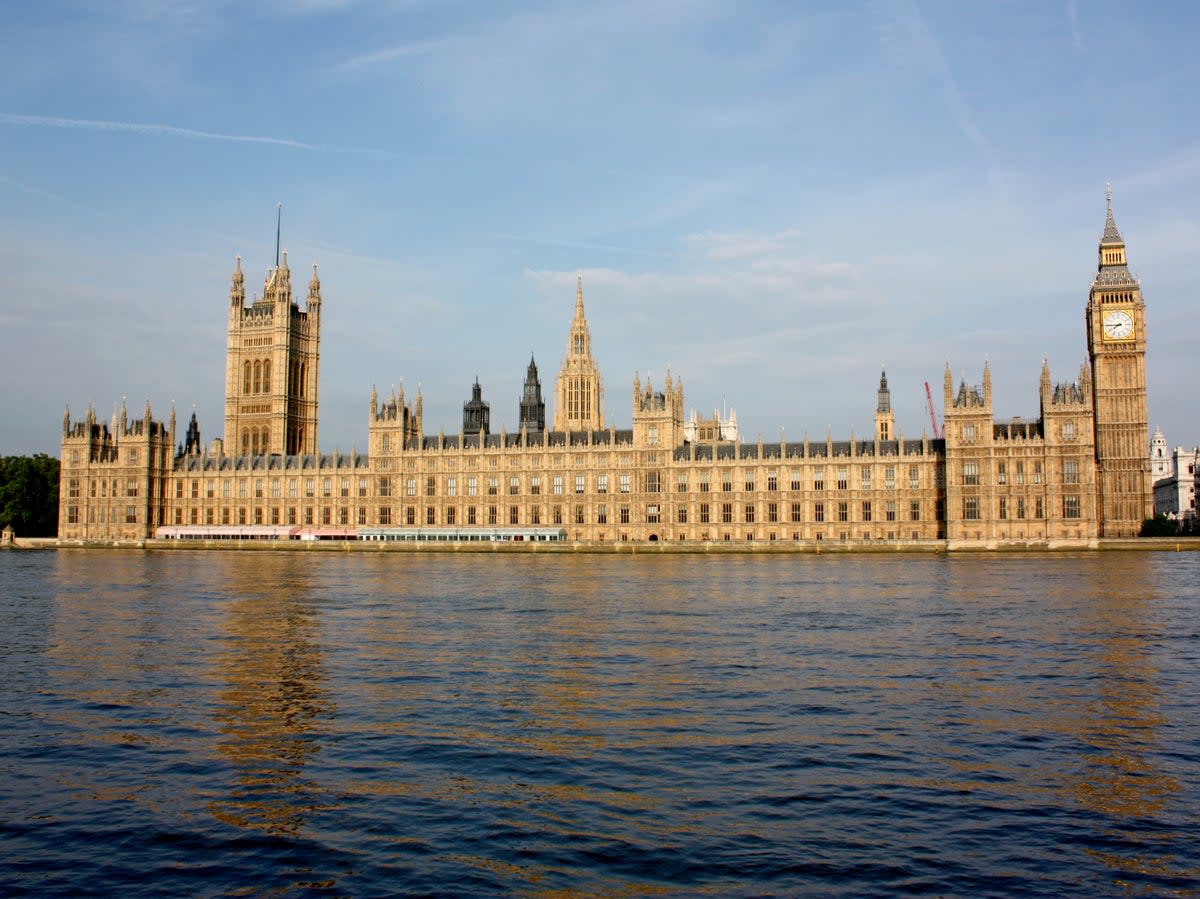Hydroelectric turbines in River Thames ‘could help power parliament’

The installation of a hydroelectric turbine in the river Thames could soon provide renewable energy to the Palace of Westminster, under plans suggested by the House of Commons Speaker.
Sir Lindsey Hoyle has reportedly called for a feasibility study to look at the possibility of installing large turbines which would harness the tidal power of the river to create electricity.
The Thames is tidal all the way to Teddington, further west than Richmond and 99 miles from where the river reaches the sea.
The changing tides cause a 5-7 metre twice daily rise and fall.
The huge amounts of water the tides bring in and out of the tideway (the tidal section of the river) result in the Thames having both very strong currents downstream with the flow of the water, but also upstream when the tide is rising.
In theory, hydroelectric turbines could take advantage of these flows to generate electricity.
However, the depth of the river near the Palace of Westminster could prove to be an issue, with concerns it is not deep enough.
But according to the Mail on Sunday, a source said to be "close to Sir Lindsey" said, this would not be a problem if the turbines were positioned in a particular place.
"It might be too shallow at the House of Lords’ end but at the Commons end it’s much deeper," they said.
The plan is one of several options to reduce energy consumption at the Palace of Westminster ahead of long-delayed plans for a multi-million-pound refurbishment of the building, which is a World Heritage site.
A hydroelectric turbine would help deliver cheap green energy to parliament, and news of the proposal comes amid growing concern about energy price rises.
New prime minister Liz Truss has said people’s bills will be frozen at a household average of around £2,500 a year, for two years, up from around £1,040 in February 2020.
The enormous market intervention is expected to cost the government over £100bn, and beyond distant targets to increase North Sea gas and oil production and lifting the ban on fracking, Ms Truss’s administration hasn’t indicated how prices will be kept down once the government support ends in two years’ time.
The Independent has contacted the Speaker’s Office for further comment.

